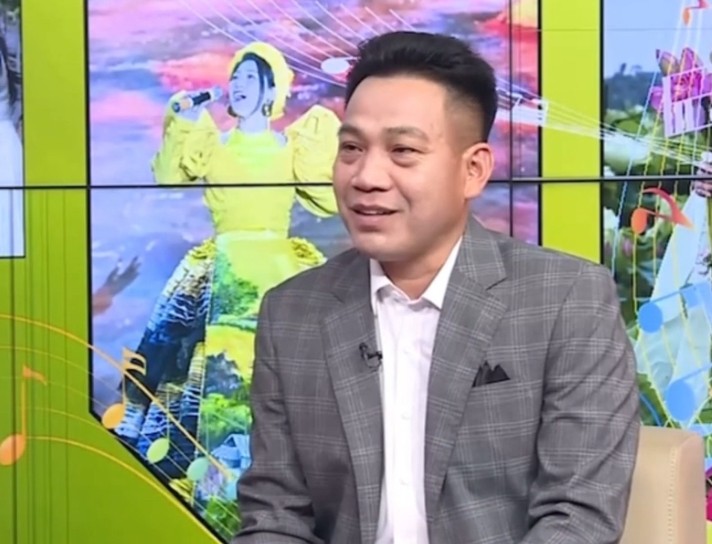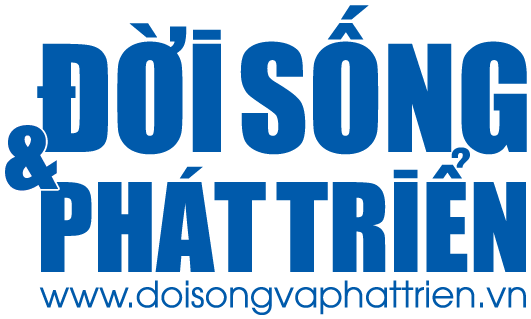The Lotus Flower Proposed as the National Flower
During the National Assembly discussion on the draft amendment to the Cultural Heritage Law on June 26, delegate Nguyen Van Canh (Binh Dinh) proposed that there should be an official authority to approve the lotus as the national flower and the ao dai as a cultural heritage of Vietnam. This is not a new request, as since 2011, the Ministry of Culture, Sports, and Tourism (MCST) has organized a vote for the national flower, and the lotus received 81% of the votes.
However, according to MCST Minister Nguyen Van Hung, officially recognizing the lotus as the national flower has not been possible due to a lack of legal basis. The government assigned the MCST to develop an identity for the national flower since 2011, but when submitted for approval, the question arose as to "who has the authority to recognize it, who signs off." Ultimately, the answer was that no one has the authority because there are no specific regulations.

In addition to choosing the national flower, the MCST has also researched and proposed a national costume for Vietnam characterized by distinctive outfits. However, this issue also had to be halted due to the lack of legal basis. Facing these challenges, Minister Nguyen Van Hung suggested that the National Assembly fill the legal gap, possibly assigning a locality or ministry to include it in the law so that the government and ministries have the authority to recognize it.
In response to concerns that the lotus is also the national flower of India, some experts believe this is not an issue. Many countries in the world share the same flower as their national flower. For example, England, Saudi Arabia, Syria, Bulgaria, Portugal, Iraq, Iran, Romania, Luxembourg, and Morocco all chose the rose. South Korea, Malaysia, and Sudan all chose the hibiscus. Pakistan and the Philippines chose jasmine, while Haiti and the Ivory Coast chose the coconut flower.
The selection of a national flower for Vietnam remains a lively topic with many divergent opinions. While some consider it a suitable choice, others are concerned about related sensitivities.
Early Selection of a Day to Honor the Lotus Flower
Mr. Vuong Xuan Nguyen, Director of the Institute of Economics, Culture, and Art, expressed his view that the lotus has long been embedded in the consciousness, culture, and life of the Vietnamese people. It is represented in many ancient architectural heritages such as the Lotus Tower, the Khue Van Pavilion, and the three-entrance gates of temples. Mr. Vuong Xuan Nguyen affirmed: "Recognizing the lotus as the national flower is not as important as changing attitudes, behaviors, and concretely embodying that spirit."
Mr. Nguyen noted that recognizing the lotus as the national flower also has many sensitivities. The lotus has already been recognized by many other countries and is associated with Buddhism, while Vietnam is a multi-religious country.
Moreover, the lotus has truly become a national cultural symbol, the identifying image of Thang Long - Hanoi for nearly 1,000 years since King Ly Thai Tong built the One Pillar Pagoda with its "Lotus Tower" architecture in 1049 (a feat that precedes India’s recognition of the lotus as its national flower by more than 900 years, which happened in 1950). The history of this special national relic also shows that before withdrawing from Hanoi in October 1954, the French used explosives to destroy the Lotus Tower - One Pillar Pagoda. They wanted to erase a sacred cultural symbol and spirit of the Vietnamese, as well as an identifying symbol of Thang Long - Hanoi, which had existed for nearly 1,000 years. This iconic national project was rebuilt on January 1, 1955, and completed 62 days later.
"Therefore, is an administrative procedure necessary at this time, when it reveals both a lack of inheritance of the historical values our ancestors created in the past and admits that our national flower comes after India’s, while entangling current religious sensitivities? Instead of conducting an administrative procedure to recognize the lotus as the national flower, should the competent authority officially inform the international community that the lotus has truly become a cultural symbol, spirit, and essence of the Vietnamese nation since 1049 when King Ly Thai Tong built the One Pillar Pagoda (Lotus Tower) and decide on a day in the year to commemorate this event with a Vietnam Lotus Flower Festival, celebrating the economic, cultural, and artistic values of the lotus in contemporary life," Mr. Vuong Xuan Nguyen shared.
One of Mr. Nguyen's proposals is to enhance propaganda, creating a shift in the perception and actions of people regarding the position and role of the lotus in the material and spiritual life of the people, paying more attention to organizing lotus flower festivals such as the "Hanoi Lotus Festival 2024" held from July 12-16, 2024, which honored and promoted the values of the lotus in Vietnamese culture. He also suggested leveraging the lotus plant to become a multi-sectoral value, creating more job opportunities and promoting other supporting industries such as linking ecological agriculture with tourism.
Selecting a national flower is an important step in expressing the cultural identity of the nation. However, this honor needs widespread consensus from the entire community so that the national flower is not only honored as a cultural symbol, spirit, and essence of the Vietnamese people but also becomes an inspiration and motivation to promote rapid, strong, and sustainable development for the country.


